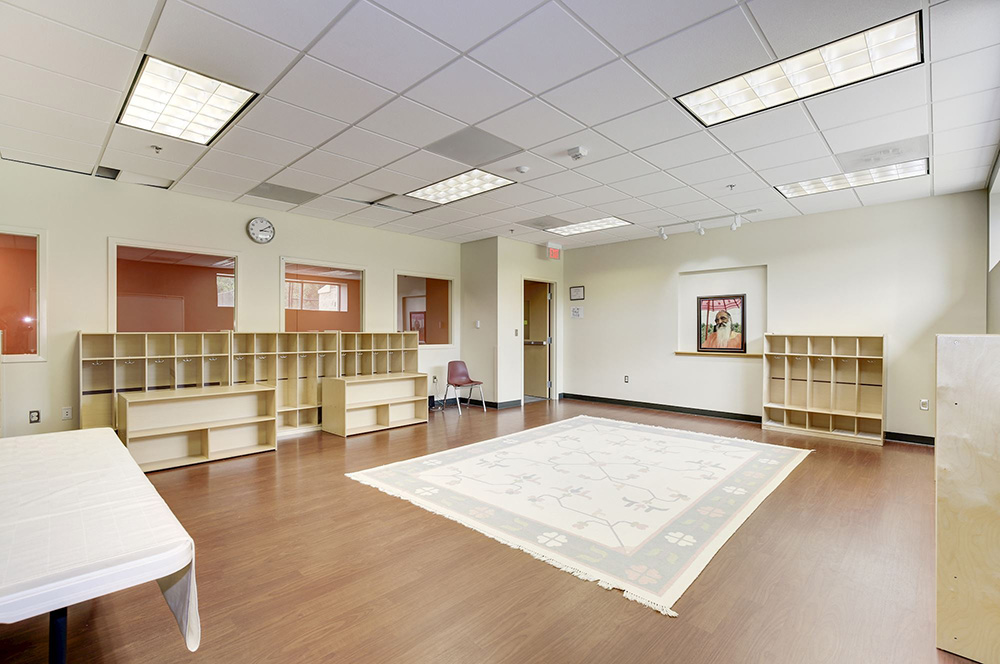Our curriculum aims at combining the ancient practices of yoga with the playful nature of children in innovative ways to promote lifelong health and wellbeing.
Yoga originated in India thousands of years ago and is practiced everywhere today. As Indians, yoga is our heritage and legacy that we pass on to future generations – it is India’s gift to the world! At Chinmaya Blossoms we honor our traditions, embrace them, and teach them in a thoughtful, innovative, relevant, and reverent way.
The word “yoga” means “union” in Sanskrit, the ancient language of India.
Quite simply, yoga is the “union” or coming together of mind (thoughts and feelings) and physical body. There are many aspects of yoga. In short, yoga is a system of physical postures called asanas. These asanas build strength, endurance, flexibility, balance, and confidence. Yoga is also about breathing (called pranayama), which helps calm, refresh, and energize the body and mind. We focus on these two basic aspects of yoga in an age-appropriate way in our program.
We believe that children are natural yogis and yoginis because of their “in the moment” nature and attitude, innate flexibility, and boundless potential for growth. Through Yoga, we can instill a balanced approach and positively impact the health, wellbeing, and confidence of children.

Yoga for Kids
In our program, Yoga is about exploring and learning in a fun, safe, and playful way.
Yoga and kids go together – they are a perfect match!
What children can learn from yoga:
Yoga teaches us about our bodies.
When we practice the physical postures (called asanas), we learn how to move freely and with greater ease and awareness. These postures help our bodies become strong and flexible.
Yoga teaches us to breathe better.
When we breathe deeply and fully (called pranayama) we become more aware – we can bring peacefulness and more energy to our bodies.
Yoga teaches us how to use our energy more efficiently and effectively.
When we practice yoga, we learn to use the life force energy in our bodies (called prana) to feel more relaxed, focused, and motivated.
Yoga teaches us how to quiet the mind.
When we practice yoga, we learn how to be still. This helps us to listen with attention and make better decisions.
Yoga teaches us about balance.
As we practice yoga, we learn to be more aware about the need for balance in our lives. This could mean stretching on the left and right side of our bodies or making sure we balance our very busy time with equal quiet time and relaxation.
Yoga teaches us to be the “boss” of our bodies.
Yoga teaches us to listen to our bodies by modifying or changing poses that are too hard or cause pain. It teaches us to respect our bodies and accept them.
Yoga teaches us about taking care of ourselves.
Yoga is a great way to move our bodies and feel healthy. Teaching children how to take care of themselves empowers them to make life-enhancing choices that promote health and wellbeing.
The beauty of yoga is that children can practice alone, with a friend, with family, or with a group. It can be practiced anywhere – at home, inside, or outside. All that is needed is a mat and a great attitude – with a smile!
Professional organizations that focus on children also support the idea behind teaching children yoga. For example, The American Academy of Pediatrics (AAP) and The National Association of the Education for Young Children (NAEYC) recommend that children should participate in activities that support the development of the whole child.
That is exactly what yoga does!
